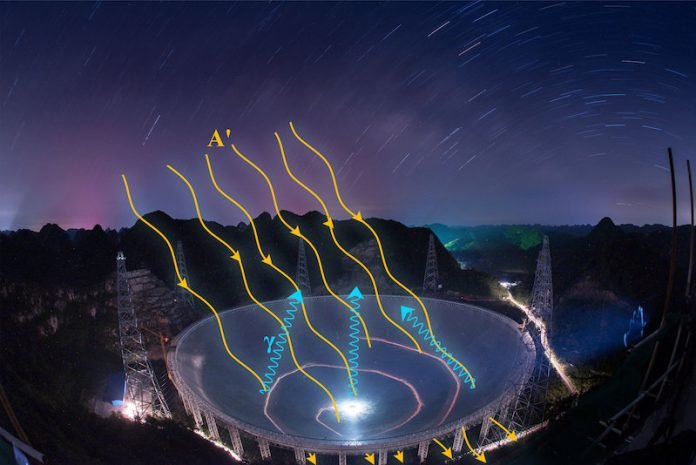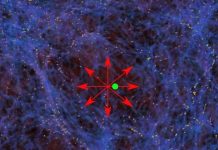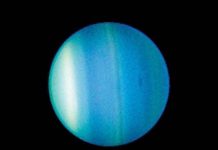
Researchers from Tsinghua University, the Purple Mountain Observatory, and Peking University have proposed a new way to detect dark matter using radio telescopes.
Dark matter, which does not emit, absorb or reflect light, is elusive and challenging to detect with traditional methods.
Dark Photons and Dark Matter
The researchers explored the possibility of detecting dark photons, hypothesized particles associated with dark matter that would carry a force in dark matter, akin to how photons carry electromagnetism in normal matter.
According to their study, published in Physical Review Letters, they initially wanted to use a dished telescope to search for signals related to dark photons.
However, due to the non-relativistic nature of dark matter, the team realized that a typical dished telescope (which has a parabolic shape) would not focus the signals at their receiver.
A New Approach
The researchers then proposed a new idea. They suggested that the movable receiver in a radio telescope, such as the Five-hundred-meter Aperture Spherical radio Telescope (FAST) in China, should be able to collect electromagnetic signals from different locations.
By comparing these signals with theoretical predictions, they could improve the sensitivity of the telescopes to dark photon-induced signals.
The researchers’ calculations surprised them. They found that the FAST telescope’s sensitivity, despite not focusing on the receiver, had surpassed the cosmic microwave background (CMB) constraint.
This finding implies that if dark matter is composed of dark photons and is in the right mass region, the FAST telescope could potentially discover it.
Looking Forward
An analysis of data collected by the FAST radio telescope suggested that this approach could indeed detect dark photons.
The researchers also suggested that the interferometry technology could improve sensitivity, allowing other radio telescopes like LOFAR and the future SKA telescope to potentially discover dark photon dark matter.
This new approach opens up fresh avenues in the ongoing search for dark photons, particularly ultra-light dark photons.
If successful, it would not only provide evidence for the existence of dark matter but also shed light on the nature of the mysterious substance.
The researchers are now planning to search for dark photon dark matter signals in data from LOFAR and MeerKAT telescopes.
They also aim to extend their approach to search for axion dark matter, another potential candidate for ultra-light dark matter.
The study was published in Physical Review Letters.
Copyright © 2023 Knowridge Science Report. All rights reserved.



